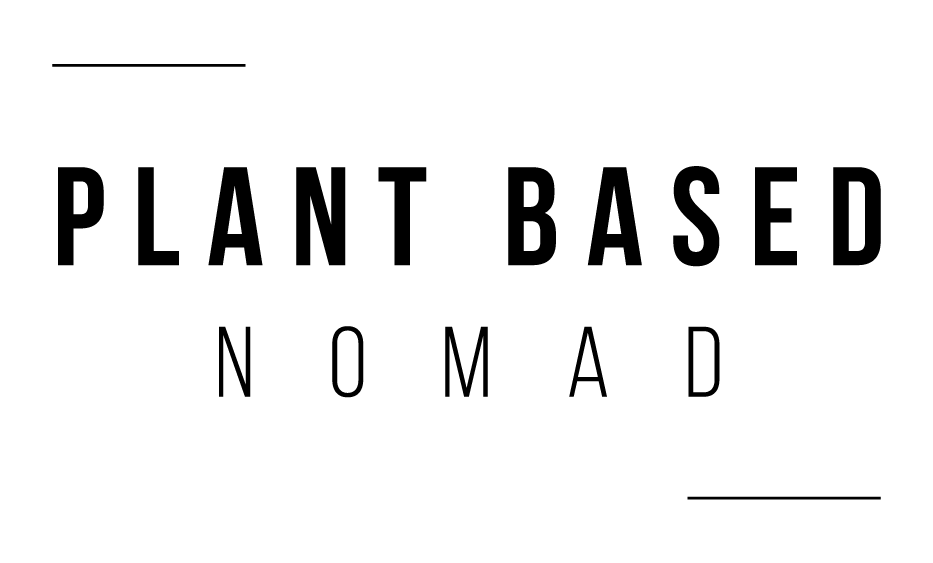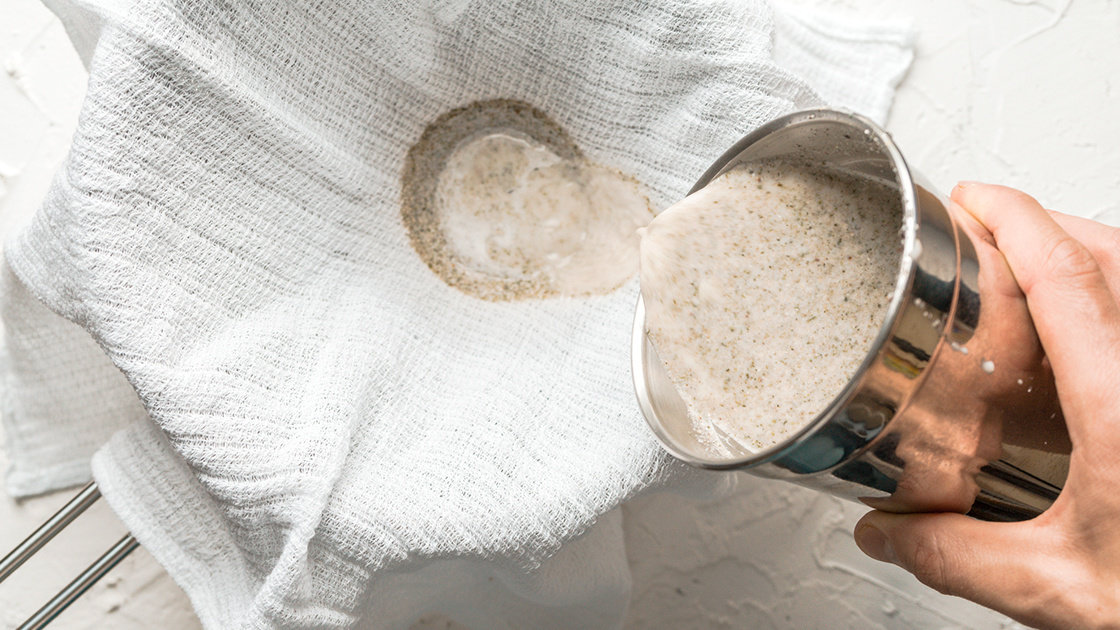
Hemp Milk Nutrition, Benefits and How to Make It
Hemp milk is a popular plant-based alternative to cow’s milk. It’s made from whole hemp seeds and is rich in high-quality plant protein, healthy fats and minerals.
Drinking hemp milk may benefit skin health and protect against heart disease. This article discusses hemp milk, its nutrition, benefits, uses and how to make your own.
Hemp milk is highly nutritious and loaded with proteins and healthy fats. In fact, it has more protein and healthy fats than other popular plant-based types of milk, including rice and almond milk (3, 4). Compared to whole cow’s milk, hemp milk has fewer calories, less protein and carbs but roughly the same amount of fat (5).One cup (240 ml) of unsweetened hemp milk contains approximately (6):
- Calories: 83
- Carbs: 1.3 grams
- Protein: 4.7 grams
- Fat: 7.3 grams
- Calcium: 2% of the Daily Value (DV)
- Iron: 7% of the DV
In addition to these naturally occurring nutrients, commercial hemp milk is often fortified with calcium, phosphorus and vitamins A, B12 and D. However, it may also contain added sugar, salt, thickeners or other additives (7).
Most of the fat in hemp milk is unsaturated essential fatty acids, including linoleic acid (omega-6) and alpha-linolenic acid (omega-3), which are essential for building new tissue and membranes in your body (8).
What’s more, hemp milk provides protein that your body can easily digest and use. It’s one of few plant-based complete proteins, as it contains all of the essential amino acids that humans need from food (9, 10).
Finally, hemp milk is naturally free of soy, lactose and gluten, making it a good option for people who need or want to avoid these components.
Summary
Hemp milk has more healthy fats than most other types of plant-based milk and is considered a complete protein. It’s a good option for those who avoid soy, lactose or gluten.
Studies on hemp seeds and hemp oil suggest that there are several health benefits from eating foods made from the hemp plant.
Since hemp milk is made from hemp seeds, it may theoretically offer similar benefits, though research specifically on the benefits of hemp milk is lacking.
Hemp contains omega-6 and omega-3 fatty acids in an ideal ratio, which is between 2:1 and 3:1 (9).
Getting balanced amounts of omega-6 and omega-3 from foods can support your skin’s immune response to inflammation and aging (11, 12).
One four-week study in 20 people with eczema found that taking two tablespoons (30 ml) of hemp oil a day significantly improved skin dryness and itchiness (13).
In another study in over 4,000 women, those who reported a higher dietary intake of linoleic acid (omega-6) were less likely to have dry or thinning skin compared to those who ate less of the fatty acid (14).
Since hemp milk is rich in omega-6 and omega-3, drinking it regularly may promote skin health.
Hemp contains nutrients that may prevent heart disease.Specifically, hemp is rich in the amino acid arginine, which your body needs to create nitric oxide. Nitric oxide helps relax blood vessels and maintain a healthy blood pressure (15, 16).
Getting adequate arginine may also lower your blood levels of the inflammatory C-reactive protein (CRP). High levels of CRP are associated with higher risks of heart disease (17, 18).
One study in over 13,000 adults found that those with the highest dietary intake of arginine were 30% less likely to have dangerously elevated levels of CRP compared to those who consumed less arginine (17).
Consuming arginine-rich hemp products may help maintain optimal blood levels of nitric oxide and CRP, leading to a lower risk of heart disease (15).
Summary
Hemp contains essential fatty acids that may improve inflammatory skin conditions and promote skin health. It’s also rich in arginine, a nutrient that may protect against heart disease.
Hemp milk can be used in place of cow’s milk and added to your diet in many ways.
It is free of soy, gluten and lactose and a good choice for those who avoid dairy or follow a vegan diet.
Hemp milk can be consumed on its own or added to hot and cold cereal, baked goods and smoothies.
Due to its creamy consistency and protein content, hemp milk is excellent for making lattes, cappuccinos and other coffee drinks.
Keep in mind that although hemp milk can be used as a substitute for cow’s milk, it has a very different and nuttier flavor.
Summary
Hemp milk can replace cow’s milk and is a good option for those who avoid soy, gluten or lactose. It can be added to recipes that call for milk or consumed on its own.
How to Make Your Own Hemp Milk
It’s incredibly easy to make your own hemp milk.By doing so, you can choose your ingredients and avoid unnecessary additives or thickeners that are otherwise found in many commercial varieties.
However, homemade hemp milk may not contain as many nutrients as store-bought fortified options.
To make your own hemp milk, combine 1/2 to 1 cup (68–136 grams) of raw hemp seeds with 3–4 cups (710–946 ml) of water in a high-speed blender and blend for one minute or until smooth.
For additional flavor or sweetness, you can add sea salt, vanilla extract, maple syrup, dates or honey to taste.
You can strain your hemp milk using a cheesecloth, nut milk bag or very thin towel for a smoother result. Store hemp milk in a glass jar in your refrigerator for up to five days.
Summary
The nutrition of homemade hemp milk differs from that of fortified commercial varieties.
Hemp milk is made from hemp seeds and water and can easily be created at home.
It’s lactose, soy and gluten-free and naturally rich in high-quality plant protein and essential fatty acids that may promote skin and heart health.
Some commercial varieties are also fortified with vitamins and minerals.
Overall, hemp milk can be an incredibly nutritious addition to a balanced diet.
Click here to view original web page at Hemp Milk: Nutrition, Benefits and How to Make It


